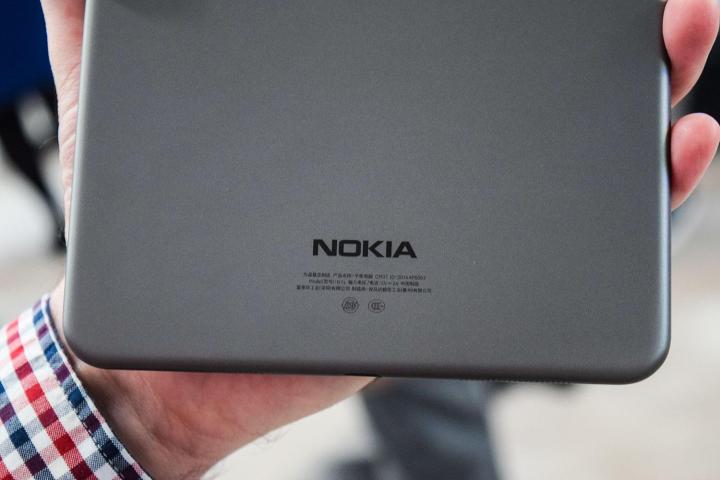
While the Nokia name will be familiar to most, the Alcatel name may not, but it could be the source of some confusion. Although it shares part of its name with Alcatel OneTouch, the smartphone manufacturer, this has nothing to do with the acquisition. Alcatel OneTouch is part of China’s TCL Corporation, after it acquired it back in 2005.
This means Nokia hasn’t found itself a backdoor to quickly return to the smartphone game. However, the acquisition is still of importance to mobile users. Alcatel-Lucent works on networking, broadband, and connectivity. Since Microsoft purchased Nokia’s Devices Division, Nokia has concentrated on building its network infrastructure business.
“Alcatel-Lucent and Nokia intend to lead in next generation network technologies and services,” said Rajeev Suri, Nokia’s CEO. What does it all mean for you? Nokia’s pushing ahead with 5G network connections, and this deal will hopefully accelerate development even more. The press release on the acquisition talks about the combined company being, “essential for enabling the next wave of technological change, including the Internet of Things and transition to the cloud.”
During Mobile World Congress, Nokia was heavily promoting its 5G technology, showing how it will enable our dreams of connected cities, smart homes, self-driving cars, and obviously, mega-fast data speeds to come true. It’s still far in the future — 2020 was the date thrown around at MWC — but it’s clear Nokia intends to be at the forefront when it is ready.
In related news, Nokia has also said it’s looking into the possibility of selling off its Here Maps division. Here Maps was one of the three primary businesses it retained after Devices passed to Microsoft.
Should the Alcatel-Lucent acquisition meet all the regulatory checks, it should close some time in early 2016.
Editors' Recommendations
- Visible’s affordable 5G plans just got even cheaper
- Visible just made its unlimited 5G plan better than ever
- Have T-Mobile? Your 5G service is about to get much faster
- This tiny dongle will change 5G connectivity forever
- T-Mobile just set another 5G speed record




